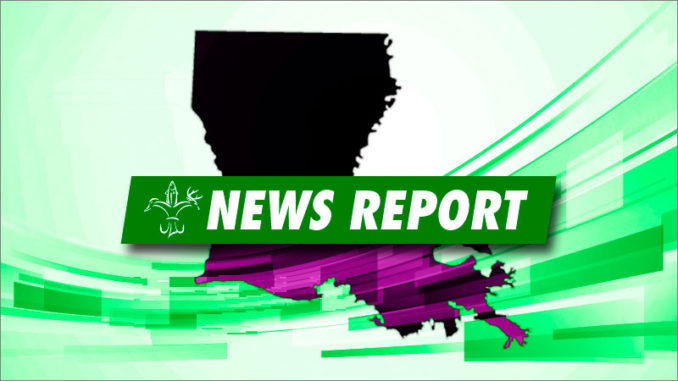
Waterfowl surveys, harvest information and data gathering are an important part of determining sound estimates of the numbers and species of ducks each year. The more information available, the better it is for the sport.
Kathy Fleming, Chief of the Branch of Monitoring and Data Management of the US Fish and Wildlife Service is heading up a new program to involve hunters more in photographing and reporting harvested ducks.
The following email was sent to Jason Olszak, Waterfowl Program Manager for the LDWF, asking for Louisiana hunters to become involved.
“I’m writing to you to request your help – this hunting season we are trying to assemble a large sample of photos of waterfowl harvested in the field. Our branch (Branch of Monitoring and Data Management) has an opportunity to work with USGS to develop an automated process to identify waterfowl species, sex, and possibly age from photos taken in the field. In the future, we may be able to use this process to supplement the Parts Collection Survey sample we receive from hunters each year. To build the process, however, we will need several thousand images of different duck and goose species, taken under a variety of conditions that might be typically found in the field. We are asking anyone who hunts waterfowl to help us by taking cell phone photos of the ducks or geese they shoot and emailing them to us at FWSharvestsurvey@fws.gov.”
Here’s what the biologists and study leaders need. They will need multiple photos of each bird, taken on as homogenous a background you can find (like the back of a pickup, on the ground in a cleared area, etc.), with the following orientations (if you are unable to take photos of all orientations, try to at least send an outstretched wing and a whole body shot):
Ducks
- dorsal view (back) of entire body with wings and head outstretched (D)
- ventral view (front) of entire body with wings and head outstretched (V)
- close up of top of outstretched wing (TW)
- close up of underside of outstretched wing (UW)
- close up of side of head (H)
Geese
- dorsal view of body with spread tail and wings
- ventral view of body with spread tail and wings
- close up of top of spread tail
- close up of the tips of the primaries from one spread wing
“Although this isn’t essential, if you are able to rename the photos before sending them, please use the naming convention “LASTNAME”_“species or type”_“view”_XX, where LASTNAME is your last name, “species or type” is the species, if you know it, or just DUCK or GOOSE, “view” is the one or two-letter abbreviation above for the view of the bird, and “XX” is any unique identifier that you would use to identify that particular bird,” Fleming requested. “So, a head shot of a mallard I shot would be “FLEMING_MALL_H_01.jpg” If you are sending them from your phone by attaching to an email, don’t worry about renaming them, but please use a separate email for each set of photos for a single bird (to make sure we don’t confuse photos from different birds). If the photos are too large to send 5 in a single email, you can split them up and send as many emails as necessary. If you have a lot of photos to send, contact me and I can send you to a site where you can upload them.
“Thanks very much in advance for your help – and if you could, please share this with anyone you know who may be hunting waterfowl this season.”


